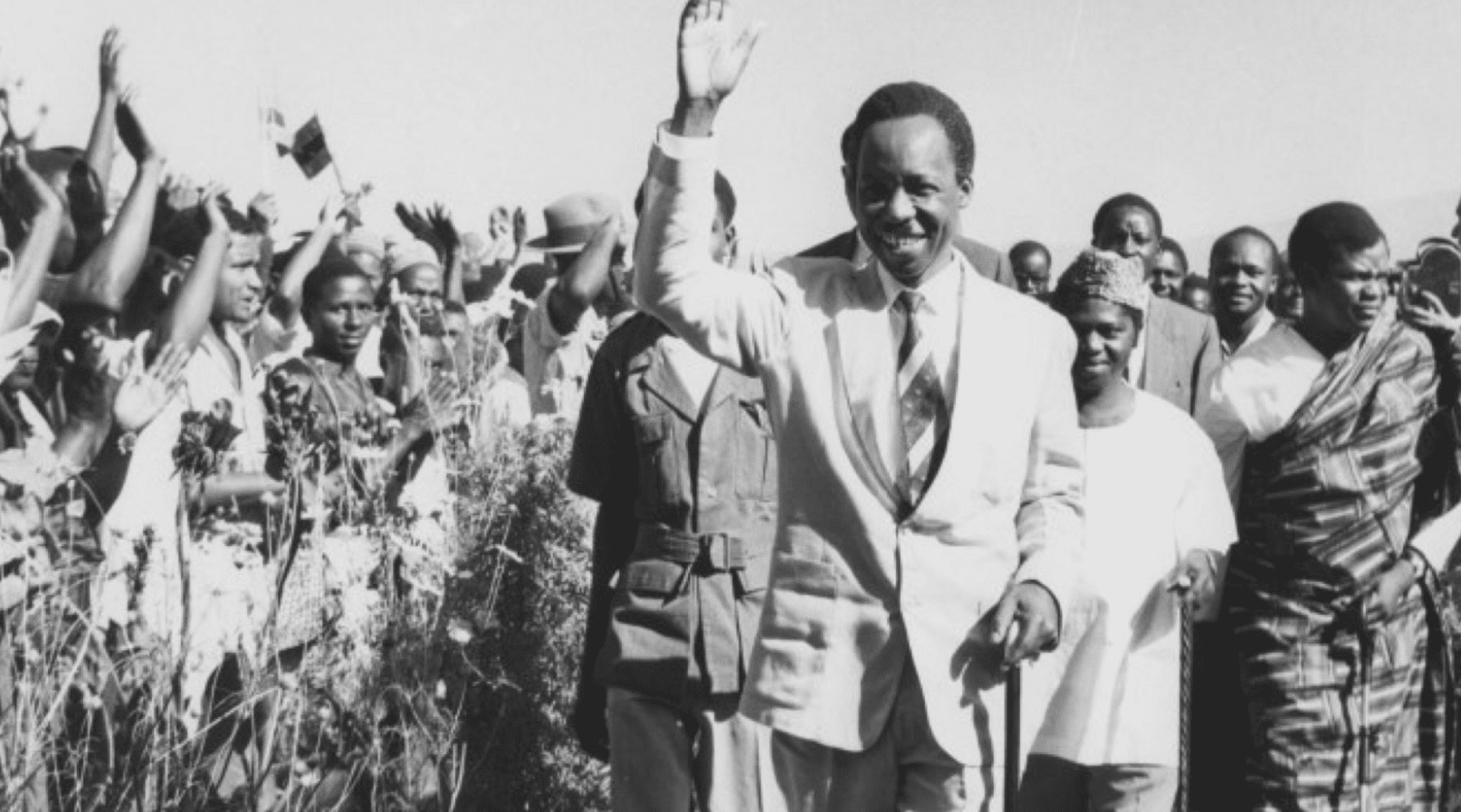5.1 THE LESSON OF CHINESE PEOPLE’S COMMUNE
“The commune includes industry, agriculture, culture, trade, military affairs . . . the people of all professions and trades . . . The people’s commune is different in nature from the agricultural cooperative . . . Referring to urbanization of the countryside, the ruralization of the cities, we imply that new changes have come to the society as a whole”.
These were the words of Mao Zedong in 1958 about the communes. His view on the issue can be defined as “totalizing”. In fact, Chinese communes were not just agricultural cooperatives, but a great global unity of social organization. As state by Bob and Maggi White “the commune represented the attempt to break down the isolation of the village and to integrate production with administration, as well as with welfare, education and defense”. 1958 was the year of effective birth of the communes, while the years that followed the Great Leap Forward made them more efficient in terms of productivity. That said, the origin of the Chinese communes started long ago between 1930 and 1940 with the experiment of red bases. Subsequently, “local Party cadres then guided the peasantry through the organization of seasonal and then permanent mutual aid teams, lower stage cooperatives, which were initially voluntary and in which contributed land and draft animals were still private property and remained a basis for sharing revenue” The turning point that marked the passage of power between the landlords and the party was the completion of the agrarian reform in 1953, a reform that contributed to weaken the power of the rich peasants. While, by the 1957 about 96% of the peasantry were formed into 740,000 “higher-stage cooperatives”, each containing about 168 households, the parenthesis of the Great Leap Forward between 1958 and 1959, was decidedly negative and in some areas there was also a complete return to the household-level farm production. As for the 1971, it was estimated that 95% of China’s cultivable land was taken up by her 70,000 communes.
The communes were therefore the link between the government in its local declination and the national apparatus. Therefore, they were not dislocated entities, but they were part of a larger project that aimed to create a new type of society. Moreover, their contribution was crucial, about 80% of the people living in the communes were responsible for the housing and feeding of the population, as well as for the supply of raw materials. Another particularly important point to consider is that the communes were not owned by the state, rather they were owned collectively by their members. At this point in the analysis it is necessary to underline how the work within them was paid. “The individual’s worth in work points for the day is evaluated in a democratic meeting-political consciousness, difficulty of task, personal performance, hours worked, etc. being taken into consideration”. At this point in the development of the communes, the difference between them and cities was beginning to be unclear. “Whit increasing agricultural production and the addition of further industry in the communes, there is plenty of work in the countryside, even in the slack season, and so everyone is employed and there is no drift to the cites” In this regard, Bob and Magi coined the definition “Walking on two Legs” to explain the combination of industry and agriculture that developed within the communes.
This combination served above all to create a principle of “self-reliance” at the local level that served substantially to sustain the commune itself. The concept of “self-reliance” will be particularly important also with regard to the Ujamaa project in Tanzania, but as far as China is concerned, this concept was interpreted with massive private intervention. Private support was part of Chinese collectivization almost immediately. “Private plots were integrated into the Chinese system from the mid-1950s onwards when the lower level cooperatives were first formed” In any case, the idea of the CCP base on the intersection between private and non-private, changed decisively over the years. “The 1956 Attack on the Part of the Cadres.
However, in 1958 the attempt was made to be done with the full cooperation of the state, the justification being that private production had been made superfluous by the Great Leap Forward. Usually, however, the government has found that the private sector is needed to make up the deficiencies in the public sector. Certainly the peasants have been opposed to the abolition of the private sector”. Hence, in a context where at least technically the peasants had a say, their opposition to the establishment of a regime without the support of the private sector, should be considered as a matter of great importance. In any case, the volume of the private sector has always been carefully monitored by Beijing to avoid imbalances between what Bob and Magi considered “the two legs”. Another particularly important issue that deserves to be underlined was the redistribution of income which aimed above all at eradicating hunger and poverty. In fact, in rural China several policies were implemented to improve this type of problem. “For example, income generated by money and as grain” and “the money income was determined by the number and value of the work points earned” . In addiction, differences in earnings were leveled by the distribution of basic needs such as food, clothing, fuel, school fees and burial expenses . Another particularly important aspect of the Chinese communes concerned the welfare services. The most innovative aspect concerned medical care. “The most radical innovation has been the idea of the” barefoot doctor “, with the common diseases and preventive work, while they continue to work on the land” . As for the formal education, it was also available for the majority of children of primary school age (7 – years) and the majority of middle school age (13 – 17). The middle schools were however managed by the same communes, while the primary school by the brigade . To conclude, even in this case the goal was that of self-reliance, seen as one of the cornerstones of the Chinese communes.[/vc_column_text][/vc_column][/vc_row][vc_row][vc_column][vc_btn title=”Continua a leggere” add_icon=”true” link=”url:https%3A%2F%2Fwww.china-files.com%2Fwp-admin%2Fpost.php%3Fpost%3D55642%26action%3Dedit|||”][/vc_column][/vc_row]
* Michel Komlan Seto (michelseto91@gmail.com) ha una laurea magistrale in Relazioni Internazionali Comparate presso l’università Ca’ Foscari di Venezia, preceduta da una laurea in Comunicazione Internazionali all’università Statale di Milano Bicocca e da un anno di studio in Cina presso la Guizhou Daxue di Guiyang. Originario del Togo, si interessa delle Relazioni geopolitiche tra la Cina e il continente africano da un punto di vista storico.
** Titolo originale della tesi ““The Influence of the Mao Zedong thought in Tanzania:The Relationship between Maoism and Julius Nyerere’s African Socialism”, discussa presso l’Università Ca’ Foscari di Venezia, Corso di Laurea magistrale in Relazioni Internazionali Comparate, Anno Accademico 2018-2019. Relatore Prof. Duccio BASOSI, Correlatore Prof. Rosa CAROLI

